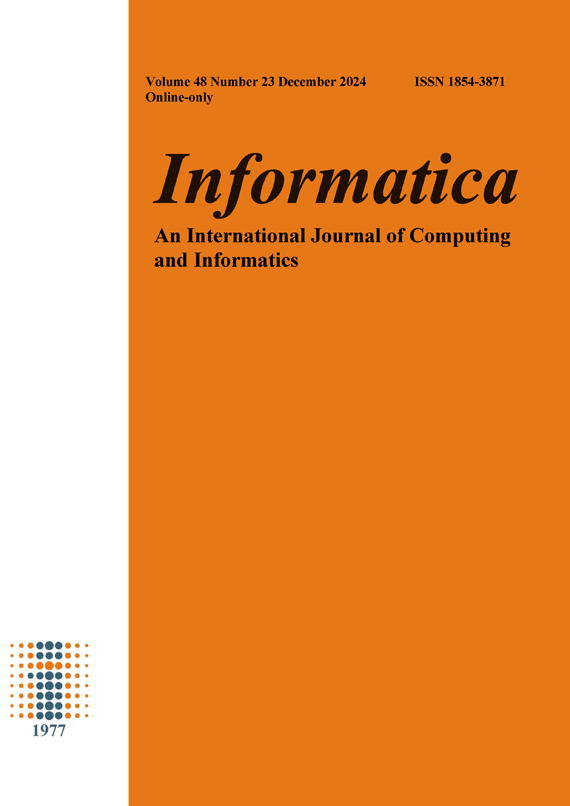Low-cost Badminton Trajectory Recognition and Landing Point Prediction Optimization Based on Field Coordinate System Transformation
DOI:
https://doi.org/10.31449/inf.v48i23.6741Abstract
Judging the flight trajectory curve and predicting the landing point are important factors affecting the quality of hitting in badminton matches. Many badminton professionals and coaches usually analyze the strength of badminton matches through video analysis to improve their own abilities and develop competition strategies. This study proposes a field coordinate transformation strategy for badminton trajectory recognition to reconsider the badminton field, and then proposes a badminton detection tracking and trajectory prediction algorithm based on video data streams. This algorithm is divided into badminton tracking, recognition detection, and trajectory prediction. The results indicated that outdoor environments had better accuracy in anchor coordinate conversion. The offset distance for anchor coordinate conversion was above 0.75m indoors and between 0.25m-0.05m outdoors. The recognition accuracy was over 95%, with a minimum of around 80%, and the algorithm took between 5s to run in different environments. During different stages of operation, the average running time, average coordinate calculation time, and average trajectory prediction time of the algorithm were 621.25ms, 16.75ms, and 342.875ms, with a standard deviation of 12.277, 0.782, and 4.552. The research algorithm was cost-effective in terms of running time and effectiveness. The improved algorithm in this study had good recognition performance with accuracy, recall, F1, and frame rate of 98.6%, 97.6%, 98.7%, and 30.8 frames/s, respectively. The research methods and results have promoting significance for the development of badminton sports.Downloads
Published
Issue
Section
License
I assign to Informatica, An International Journal of Computing and Informatics ("Journal") the copyright in the manuscript identified above and any additional material (figures, tables, illustrations, software or other information intended for publication) submitted as part of or as a supplement to the manuscript ("Paper") in all forms and media throughout the world, in all languages, for the full term of copyright, effective when and if the article is accepted for publication. This transfer includes the right to reproduce and/or to distribute the Paper to other journals or digital libraries in electronic and online forms and systems.
I understand that I retain the rights to use the pre-prints, off-prints, accepted manuscript and published journal Paper for personal use, scholarly purposes and internal institutional use.
In certain cases, I can ask for retaining the publishing rights of the Paper. The Journal can permit or deny the request for publishing rights, to which I fully agree.
I declare that the submitted Paper is original, has been written by the stated authors and has not been published elsewhere nor is currently being considered for publication by any other journal and will not be submitted for such review while under review by this Journal. The Paper contains no material that violates proprietary rights of any other person or entity. I have obtained written permission from copyright owners for any excerpts from copyrighted works that are included and have credited the sources in my article. I have informed the co-author(s) of the terms of this publishing agreement.
Copyright © Slovenian Society Informatika








